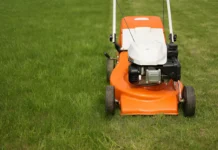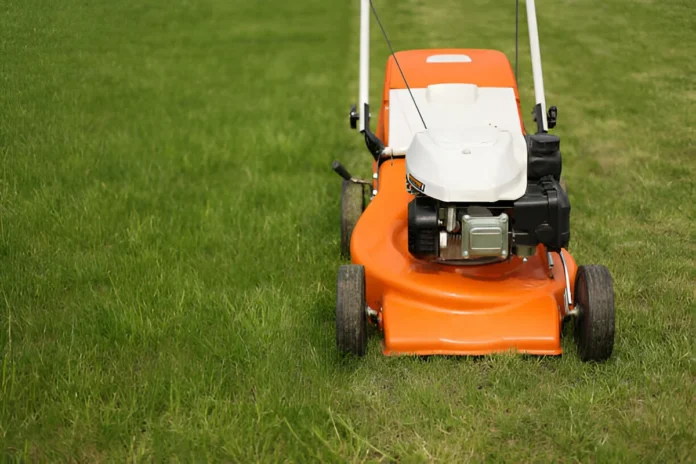Lawn mowers have come a long way since their invention in the early 19th century. Over time, technological advancements have transformed them into highly efficient and comfortable machines that make lawn care less of a chore and more of a convenient task. This evolution is a result of innovations aimed at improving performance, reducing effort, and making the entire lawn care experience more pleasant.
The Early Days of Lawn Mowers
The first lawn mower was patented in 1830 by Edwin Beard Budding, a British engineer. His invention was a simple push mower with a rotating blade that cut grass as it was pushed forward. These early models required significant physical effort from the user, as they lacked the advanced features we see today. Although these early mowers were a significant advancement in lawn care, they were labor-intensive, and their use was mostly limited to larger estates and professional groundskeepers.
The Rise of Gas-Powered Mowers
The 20th century saw the introduction of gas-powered lawn mowers, which drastically reduced the physical effort required for mowing. These machines became more common in households as they provided faster and more efficient lawn care. Gas-powered mowers were powered by internal combustion engines, allowing them to cut larger areas of grass in less time. However, they were still somewhat noisy and heavy and required regular maintenance such as oil changes and spark plug replacements.
The Shift Towards Electric Lawn Mowers
Electric lawn mowers began to gain popularity in the latter half of the 20th century, offering a quieter and more eco-friendly alternative to gas-powered models. These mowers were typically lighter, easier to maneuver, and did not emit harmful fumes, making them more appealing to environmentally conscious homeowners. Corded electric mowers were the first wave of electric options, but the introduction of battery-powered mowers in the early 2000s took convenience to the next level, allowing users to mow their lawns without the need for a power cord. For those looking for reliable and efficient riding lawn mowers, Cub Cadet offers a variety of models designed to make lawn care easier and more enjoyable.
Battery-powered mowers also offered significant improvements in efficiency, with many models now offering longer battery life and shorter charging times, which made them a feasible choice for larger lawns. With fewer moving parts, they also required less maintenance, making them a low-maintenance alternative to traditional gas-powered mowers.
Self-Propelled Mowers: Less Effort, More Comfort
Self-propelled mowers were another key innovation that made mowing easier and more comfortable. These mowers feature an automatic drive system that propels the mower forward, reducing the physical effort required from the user. There are two types of self-propelled mowers: front-wheel drive and rear-wheel drive, each offering different advantages in terms of maneuverability and control. Front-wheel drive models are easier to handle on flat lawns, while rear-wheel drive models offer better traction on hilly terrain.
Robotic Lawn Mowers: The Ultimate in Convenience
In recent years, robotic lawn mowers have emerged as the pinnacle of lawn mowing technology. These mowers operate autonomously, navigating the lawn with little to no human input. Once programmed, they can mow the lawn on a set schedule, automatically recharging themselves when necessary. This innovation not only eliminates the need for manual effort but also allows homeowners to maintain a perfectly manicured lawn without ever having to leave their house.
Conclusion
The evolution of lawn mowers has been driven by a desire for greater efficiency, comfort, and convenience. From manual push mowers to high-tech robotic models, advancements in technology have revolutionized the way we care for our lawns. Today’s lawn mowers make the task of mowing faster, easier, and more enjoyable, and with ongoing innovations, it’s exciting to think about how the future of lawn care will continue to evolve.



















